In my previous articles, I wrote about addressing plans and how to create persistent DHCPv6 prefix delegations. We have 200 FTTH connections, but the peak we have seen is six active users! Here, I want to discuss why that is.
I have previously written about IPv6 on Gavlenet here:
- Part 1: Address planning at Gavlenet
- Part 2: Persistent DHCPv6-PD at Gavlenet
The Swedish market
In our POC for Gavlenet we deployed only DHCPv6-PD, and in order to use IPv6 on our network, you must use a home router or a host that supports DHCPv6-PD. While that is not uncommon, the uptake is low. So we wanted to understand why that is so.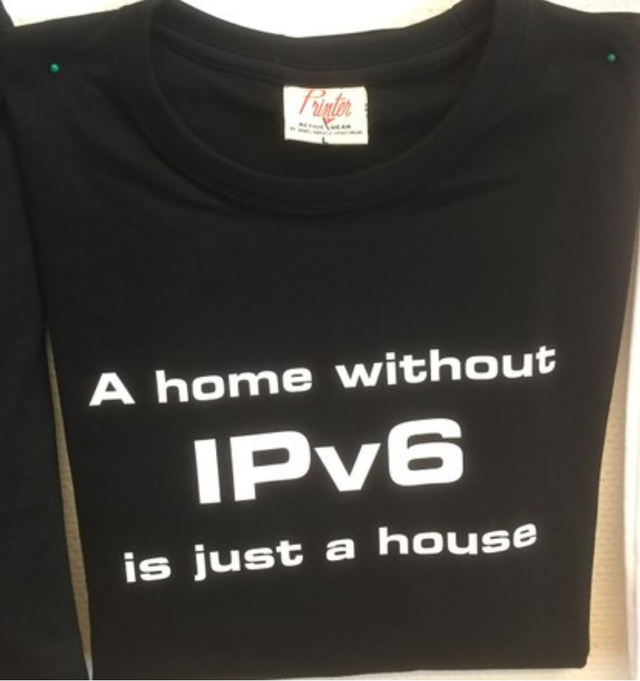
In Sweden, we have had domestic Internet access over xDSL, FTTH, or ETTH for almost 20 years. We started without home routers since we had "plenty" of IPv4 space. Eventually, we needed some NAT-boxes since we only received one IPv4 address to share with our home equipment. Historically, the ISPs didn't supply us with routers so we had to buy our own equipment.
Which router is the best choice for home use? For many people the best choice is, of course, the one that is the cheapest. Today, the choices may be slightly more diverse than in the past. For customers, the best choice might be the router with the best Wi-Fi capacity and coverage, or with gaming and QOS features, but cost is still the most dominant factor in choosing a router. However, we know for sure that there is one feature most customers don't usually look at: IPv6 support.
That leaves a mess
The downside of this approach is that network providers are left with a fleet of home equipment with varying configurations and feature implementations at different levels of maturity. While the notional split is easy to understand (we work on our side of this line, you work on yours!), the subsequent problem is that if a feature requires work on the part of the user, it probably won't happen.
So today, some vendors have IPv6 enabled by default but equipment that is many years old doesn't support it. Even when it supports IPv6, the user often has to login to the home router and enable it and, as we know, people rarely deviate from the default. Sometimes the option is buried in an "advanced" tab, which is scarier and suggests it's not a core feature. I have even seen a product where I had to choose an advanced while already in the advanced tab to enable IPv6!
Gavlenet hasn't announced their IPv6 POC to any customer, and users probably won't be happy to login and modify router settings for a service they don't currently see as broken. Making this particularly difficult is the range of IPv6 configuration options out there in the wild: their home routers may have options for automatic, autodetection, DHCPv6, DHCPv6-PD, etc. We can't compile all of those options into an easy guide, nor would we ever expect our users to have to deal with that.
The customers who run IPv6 in Gavlenet's FTTH network today are customers with a router with IPv6 enabled as a default option, and a small set of interested folks who have tested whether it works. All other things being equal, this is hopefully a situation that will improve over time. RFC7084 makes recommendations for home routers and IPv6 support.
Incentives, and the way forward
When you purchase FTTH from Gavlenet, they give you a gift card with €50 loaded that can be redeemed in retail stores. Most of the customers naturally purchase a router that costs €50 or less, and if that doesn't enable IPv6 then nothing changes. The home router is the customer's responsibility and not Gavlenet's.
A quick home router market survey in Gävle city showed that 60% of the products I found in three retail stores showed "IPv6 support" on the box. At https://ipv6only.se/, I did some tests for IPv6 support in home routers. The page is in Swedish, but Google Translate works quite well.
In my opinion, I think Gavlenet (and all other ISPs) must recommend some home routers that support IPv6. Gavlenet's voucher scheme could come with recommendations, for example, having looked at the IPv6 criteria for their network. The retail stores alone don't have enough information to help customers out; the ISPs must do some of the work.
In a similar approach, I held a IPv6 training today for a company whose goal is to activate IPv6 in five City Networks networks before 2019. We discussed this problem today and they were pretty sure that most ISPs will offer their customers new home routers when the network can do IPv6.
The answer to my earlier question then is that while we may have IPv6 support in our home routers, home users won't change a working service, and the ISPs don't want to deal with a wide range of customer premise equipment (CPE) just for IPv6. So I believe that we need more public information from ISPs on which routers to purchase homes, to help boost IPv6 adoption here in Sweden.

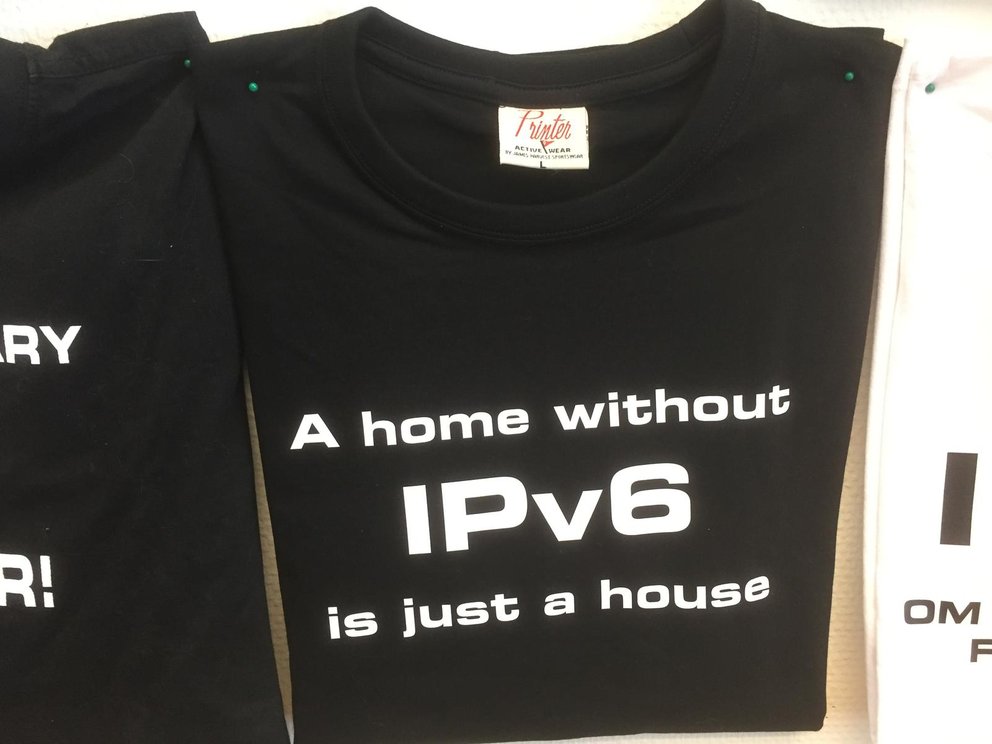
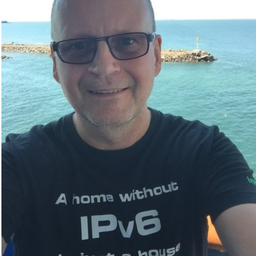
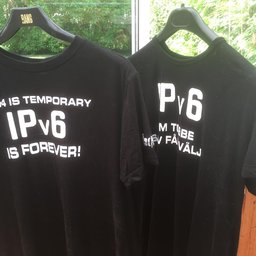
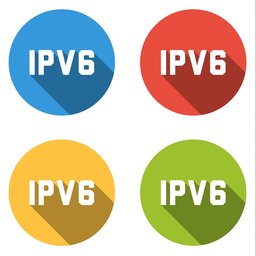
Comments 0
The comments section is closed for articles published more than a year ago. If you'd like to inform us of any issues, please contact us.